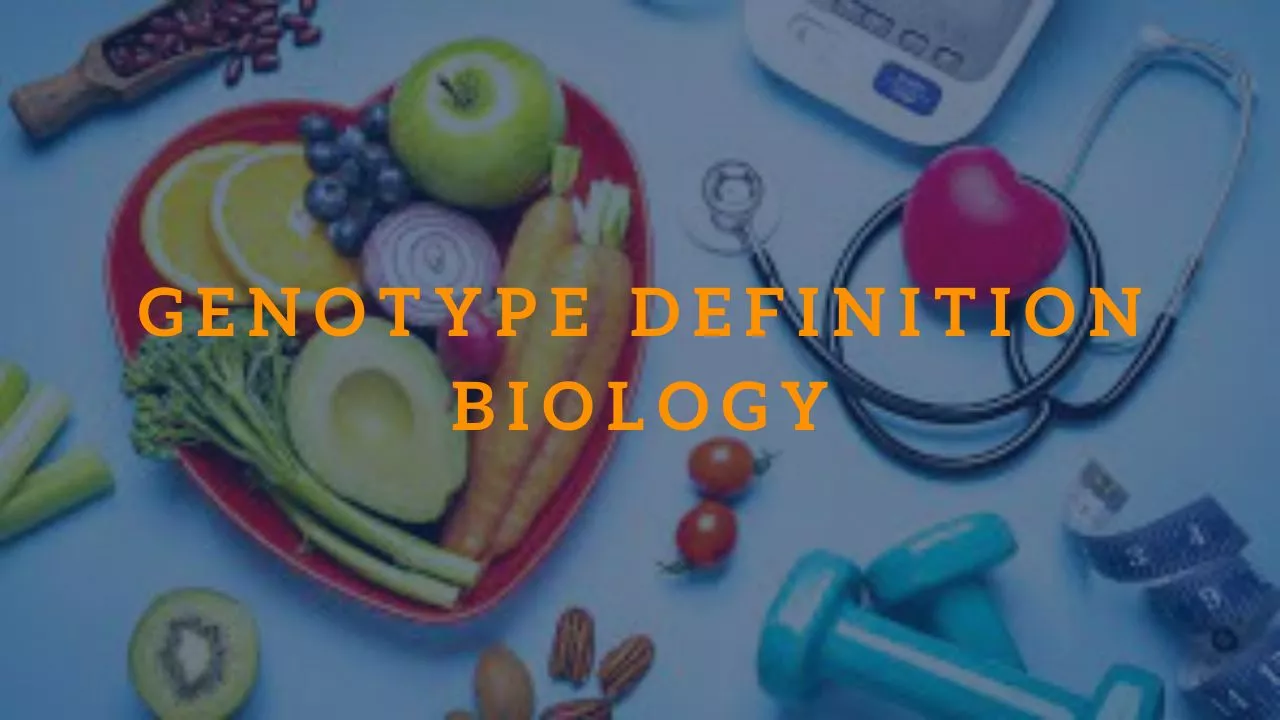Hello 1-GSM Visitors! Let’s dive into the world of biology and understand the meaning of genotype. Genotype refers to the genetic makeup of an organism, which determines its physical and behavioral characteristics. In simpler terms, it is the complete set of genes that an organism possesses.

Genes and Alleles
Genes are the basic unit of heredity that determines an organism’s traits. These genes come in different variations known as alleles. For example, if we take the gene for eye color, there can be different alleles for blue, green, or brown eyes.
An organism can have two alleles for a particular gene, which can either be the same or different. If they are the same, it is referred to as homozygous, and if they are different, it is referred to as heterozygous.
Genotype vs. Phenotype
Genotype and phenotype are two different terms used in genetics. Phenotype refers to the physical and observable characteristics of an organism, such as eye color, height, and hair texture. On the other hand, genotype refers to the genetic makeup of an organism that determines its phenotype.
For example, two organisms with different genotypes for eye color can have the same phenotype of brown eyes.
Mendelian Inheritance
Mendelian inheritance is a basic concept of genetics discovered by Gregor Mendel, an Austrian monk, in the mid-1800s. It states that traits are passed down from one generation to the next through the inheritance of genes.
Mendel’s experiments with pea plants showed that each organism has two copies of each gene, and these genes can either be dominant or recessive. Dominant genes will always express their phenotype, while recessive genes will only express their phenotype when paired with another recessive gene.
Punnett Square
The Punnett square is a tool used in genetics to predict the outcome of an offspring’s genotype based on the parents’ genotypes. The Punnett square is a grid-like structure that displays all the possible combinations of alleles that can be passed down from the parents to their offspring.
For example, if we take two peas plants, one with the genotype of homozygous for tallness (TT) and the other with the genotype of heterozygous for tallness (Tt), the Punnett square would show a 50% chance of the offspring being homozygous for tallness (TT) and a 50% chance of the offspring being heterozygous for tallness (Tt).
Genetic Disorders
Genetic disorders are diseases caused by abnormalities in an organism’s DNA. These abnormalities can either be inherited from parents or occur spontaneously during cell division.
Some examples of genetic disorders include cystic fibrosis, sickle cell anemia, and Huntington’s disease.
Genetic Testing
Genetic testing is the process of analyzing an organism’s DNA to identify any abnormalities or mutations that may cause genetic disorders. This testing can be done before or after birth and can help individuals make informed decisions about their health and medical treatment.
Conclusion
In conclusion, genotype plays a crucial role in determining an organism’s physical and behavioral characteristics. Understanding the concept of genotype is essential in the field of biology, genetics, and medicine. Genetic testing and research have led to the development of treatments and cures for numerous genetic disorders, making them an essential aspect of modern medicine.
Thank you for reading this article on genotype definition biology. We hope you found it informative and useful. See you again at our other interesting article!
